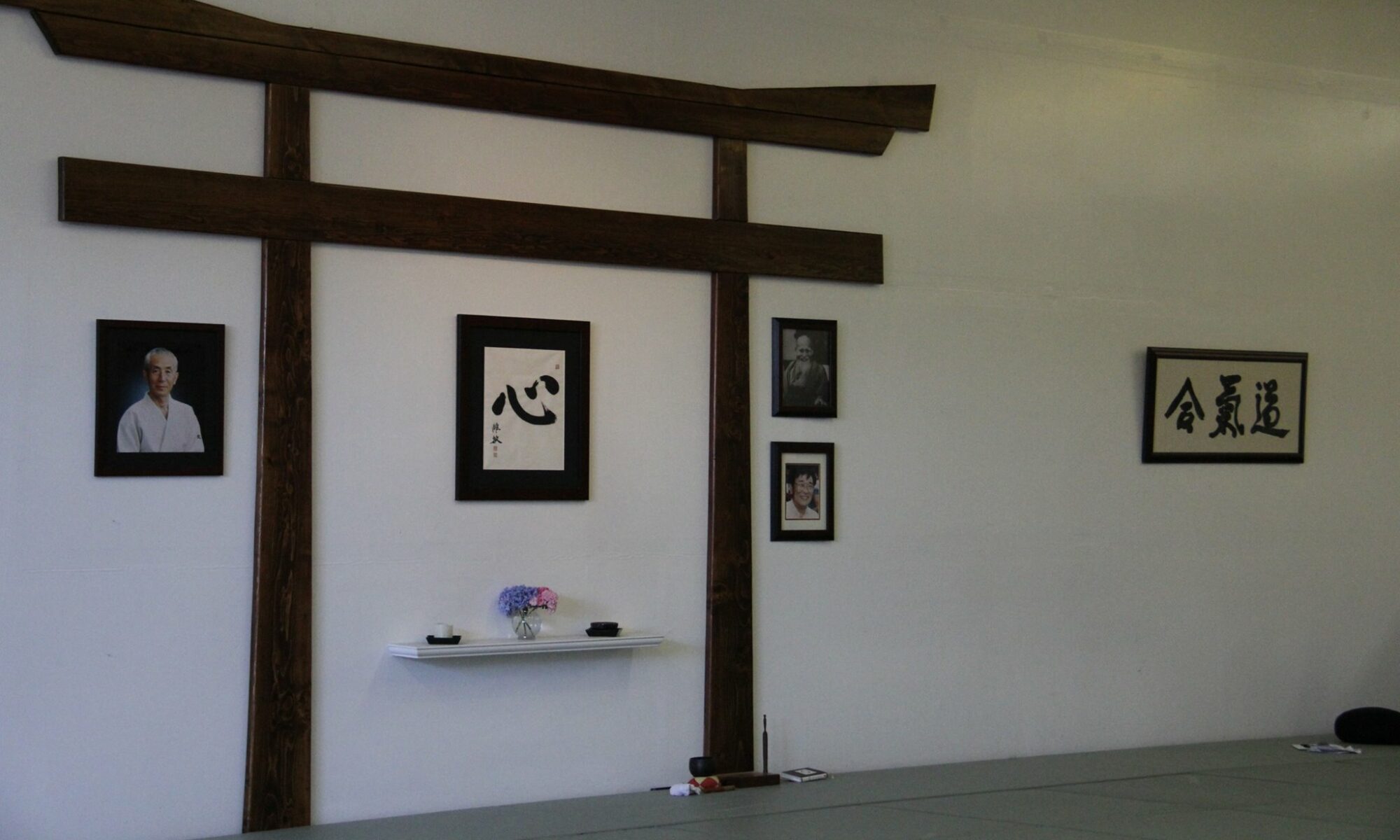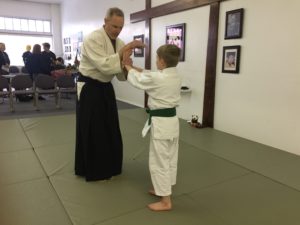Shugyo is a term used to describe activities, usually arduous, used to train the spirit. This isn’t really the same thing as spiritual training but rather developing one’s hara, grit, ability to “take it.”
At the beginning of this month’s Adult Basic class we, as typical, discussed how Aikido helps us develop the ability to thrive in many of life’s most difficult circumstances. Part of the training designed to develop this ability is focused on the spirit. Our bodies are great, they help us move around, and interface with other things in our environment. However, our bodies also have some limitations. There is only a certain amount of pain, fatigue, hunger, and oxygen deprivation that they can endure. A well trained spirit can help us change our relationship to these factors. These experiences are all sensations that we experience and that everyone else experiences in their lives. These are not things that stop us from accomplishing our goals but rather signs that tell us we are in the process of accomplishing our goals.
Throughout the first week of December (12/4 – 12/8) our dojo will provide an opportunity for training our spirits. At 5:15-6:30 each morning we will do breathing exercises as a group. This training, combined with our regular evening classes, will lead to strong development in our practice.
By Nate Weed


